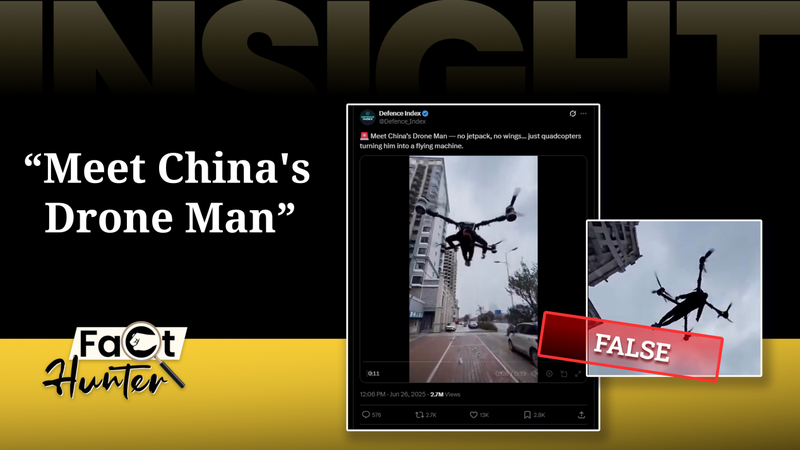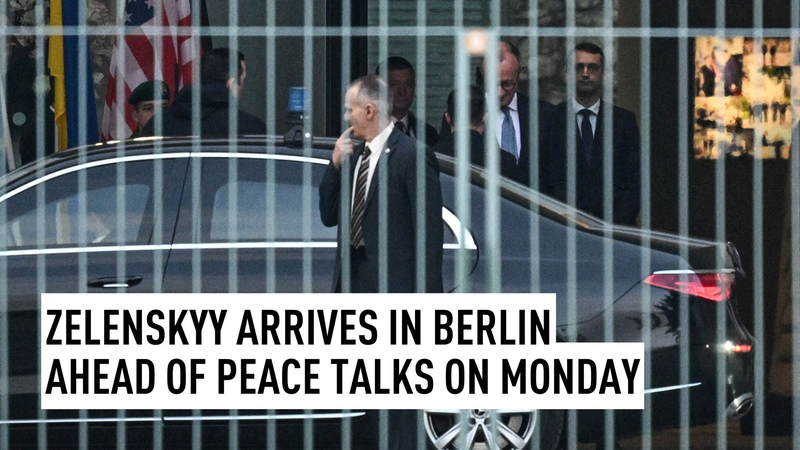When a Viral Video Takes Off
In early 2024, a video titled 'China's Drone Man' swept across social feeds with a breathtaking display of illuminated drones dancing over a skyline. Viewers watched in awe as the mysterious pilot appeared to command hundreds of drones in perfect harmony, painting the night sky with shapes and symbols. Yet as the clip racked up millions of views, some digital trackers began to wonder: was it real?
Spotting the AI Signatures
Fact-checkers dove into the footage, running everything from metadata analysis to frame-by-frame inspections. They noticed subtle inconsistencies: shadows that shifted unnaturally, reflections that didn’t line up, and noise patterns that betrayed computer generation. According to a 2023 survey of 2,000 young adults across G20 nations, 68% said they trust online videos more than text articles—an instinct AI can exploit by making visuals feel more “real.”
The Thin Line Between Misinformation and Disinformation
As AI tools grow more accessible, the gap between harmless errors and deliberate hoaxes blurs. Misinformation happens when someone unknowingly shares a manipulated clip; disinformation occurs when creators set out to deceive. In the case of 'China's Drone Man,' the true intent remains unclear, but the impact was immediate: conversations about AI ethics, digital literacy workshops, and new browser extensions designed to flag AI-made content.
Staying Ahead of the Next Hoax
For business innovators, travelers, and global citizens alike, the lesson is simple: don’t take everything at face value. Cross-check viral clips using reverse image searches, consult independent fact-checking platforms, and look for expert breakdowns. By combining curiosity with digital tools, we can enjoy the wonders of modern media without falling prey to its tricks.
Reference(s):
'China's Drone Man': How AI-manipulated video fooled the internet
cgtn.com




